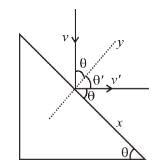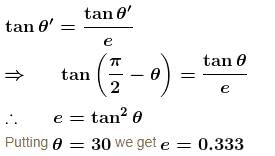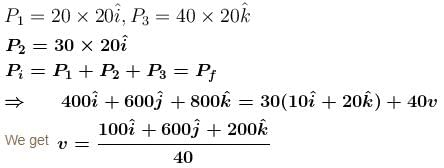Centre Of Mass NAT Level - 1 - Physics MCQ
10 Questions MCQ Test Topic wise Tests for IIT JAM Physics - Centre Of Mass NAT Level - 1
A block of mass 0.50 kg is moving with a speed of 2.00 ms–1 on a smooth surface. It strikes another mass of 1.00 kg and then they move together as a single body. The energy loss (in Joule) during the collision is :
A force time graph for a linear motion is shown in figure where the segments are circular. The linear momentum gained between 0 to 8 second is :
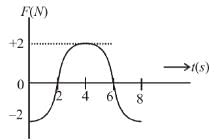

A bullet of mass m = 50gm strikes (Δt ≈ 0) a sand bag of mass M = 5 kg hanging from a fixed point with a horizontal velocity  If bullet sticks to the sand bag then the ratio of final and initial kinetic energy of the bullet is 10-α. Find the value of α:
If bullet sticks to the sand bag then the ratio of final and initial kinetic energy of the bullet is 10-α. Find the value of α:
 If bullet sticks to the sand bag then the ratio of final and initial kinetic energy of the bullet is 10-α. Find the value of α:
If bullet sticks to the sand bag then the ratio of final and initial kinetic energy of the bullet is 10-α. Find the value of α:A shell of mass 100 kg is fired horizontally from a canon with a mass of 5 × 103kg. The kinetic energy of the shell at the end of the barrel is 7.5 × 106 J. The kinetic energy imparted to the cannon by the recoil is  Find the value of α:
Find the value of α:
Two masses of 1gm and 4gm are moving with equal kinetic energy. Find the Ratio of the magnitude of their linear momentum :
A ball of mass 50gm is dropped from a height h = 10m. It rebounds losing 75 percent of its kinetic energy. If it remains in contact with the ground for Δt = 0.01 sec., the impulse of the impact force (in N-s) is : (take g =10 m/s2)
A ball collides with an inclined plane of inclination θ after falling through a distance h. If it moves horizontally just after the impact, the coefficient of restitution is, when θ = 30:
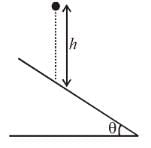
A body of mass m = 3.513 kg is moving along the x-axis with a speed of 5.00 m/s–1. The magnitude of its momentum (in kgms –1) is recorded as :
Three particles of mass 20gm, 30gm and 40gm are initially moving along the positive direction of the three coordinate axes respectively with the same velocity of 20 cm/s. If due to their mutual interaction, the first particle comes to rest, the second acquires a velocity  What is the magnitude of velocity (in cm/s) of the third particle?
What is the magnitude of velocity (in cm/s) of the third particle?
Two particles of mass 1kg and 0.5kg are moving in the same direction with speed of 2 m/s and 6 m/s respectively on a smooth horizontal surface. The speed of centre of mass of the system in m/s is :


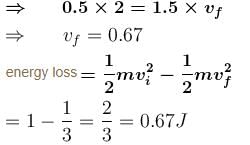

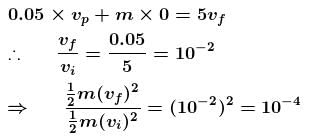
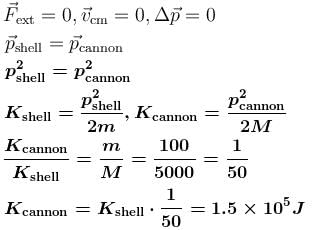
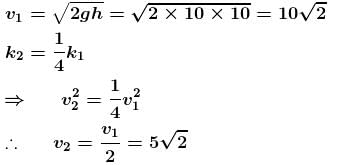


 are velocities components of wedge and ball along the impulsive force after collision and
are velocities components of wedge and ball along the impulsive force after collision and  are velocities components of wedge and ball along the impulsive force before collision
are velocities components of wedge and ball along the impulsive force before collision 
